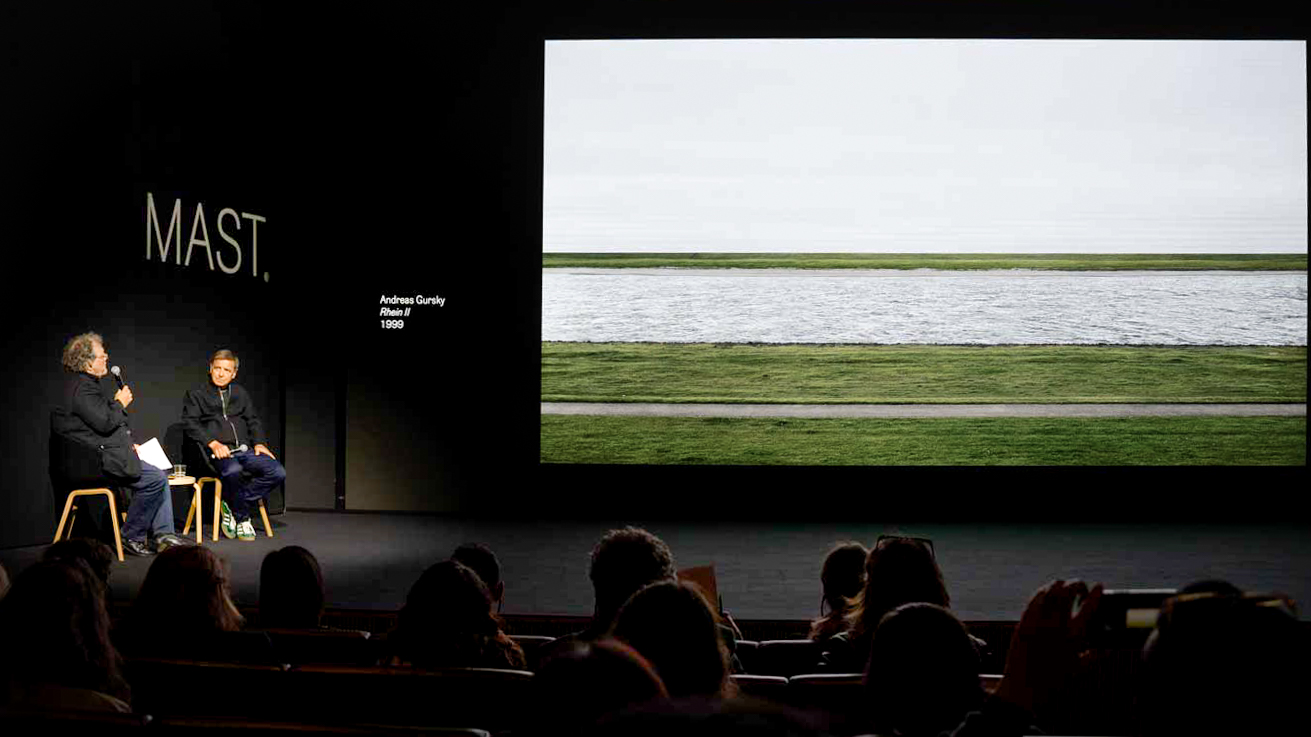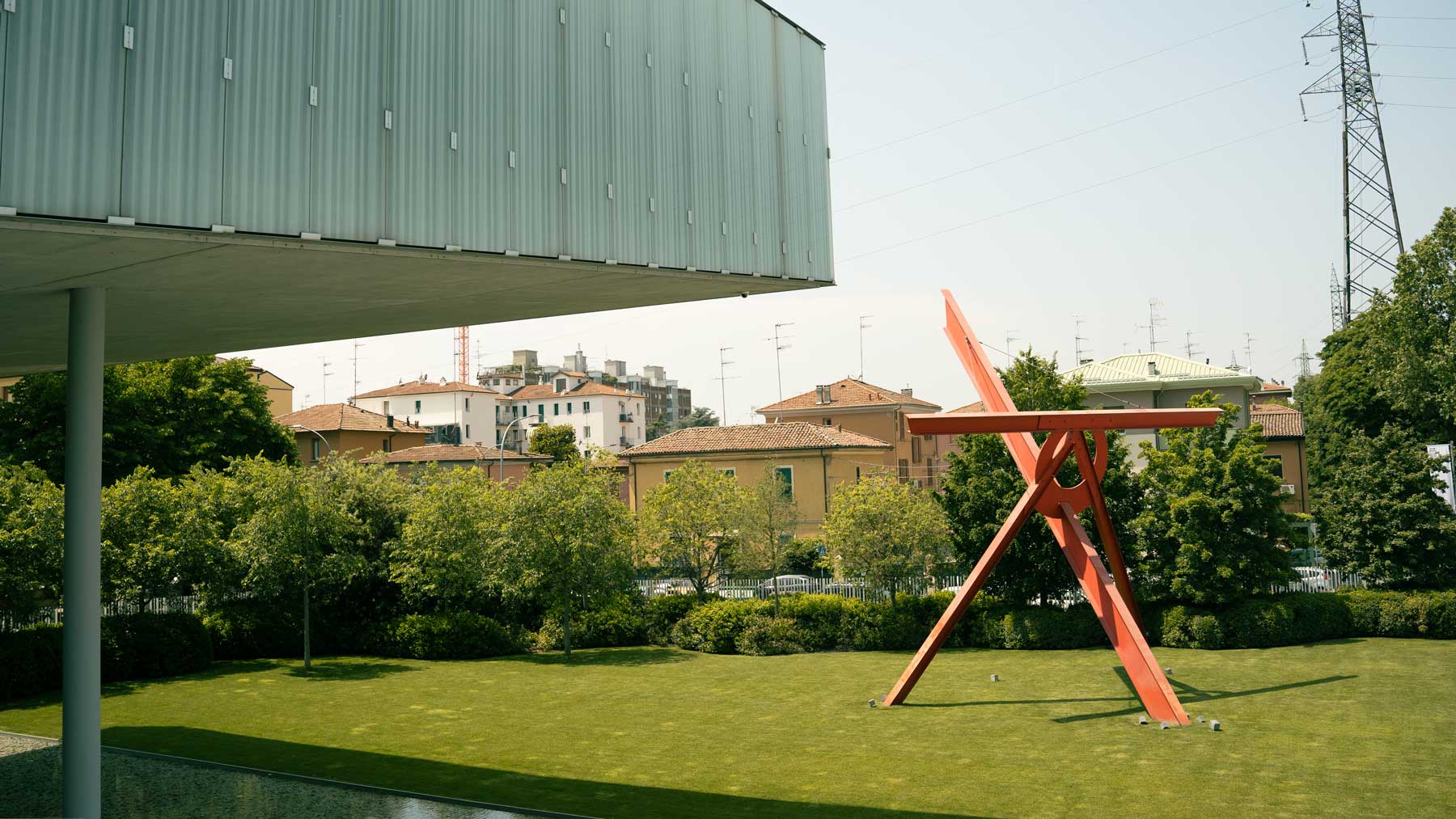
Curator, photographer, editor, and lecturer Urs Stahel is the driving force behind MAST’s latest exhibition featuring the large format work of world-renown photographer Andreas Gursky.
As the curator and consultant at the MAST Fondazione in Bologna, Stahl is responsible for overseeing the galleries' programming and working closely with artists to create exhibition spaces that flow.
As one of Italy’s leading centers of art and technology, MAST Fondazione doesn’t shy away from innovative technological advances but rather supports and pushes artists to explore new ways of creativity. This year, a photographer who used AI in the creation of her images was shortlisted for the Mast Photo Grant. Although it was eventually awarded to Hicham Gardaf for his series In Praise of Slowness, it demonstrated the institution's openness to such technologies.
• Check out the best mirrorless cameras and browse a range of budget systems and top-spec professional cameras from Canon, Nikon, Sony, and more
The latest exhibition taking place at MAST features the work of large-format fine art photographer Andreas Gursky. Working closed with Stahel, the two created a show that explores topics of consumerism, climate change, and industry and from the press opening of the exhibition, it’s clear the pair have a lot of respect for one another, both as artists and people.
In Stahl's introduction of Gursky’s exhibition, he pulls a quote by the French philosopher Jean Baudrillard who said something along the lines of “it’s impossible to distinguish between a simulation and reality” which resounds with the current AI debate. Opening conversations surrounding the ethics and future of AI is at the forefront of the photographic community so I was interested to hear Stahel’s take on the controversial topic.

Without hesitation, Stahel responds, “I think human beings are a bit stupid, we think the Metaverse is a fantastic thing but it’s just another platform for capitalism. It is a boring idea”. But that’s not to say he doesn’t support AI or that he doesn’t find it interesting, just that like so many inventions that have come before it, we have gotten carried away with it and started to lose real human connections and trust. Although 40 years ago it might have seemed like a drastic, unlikely concept, in just four decades the difficulty to discern what is real and what isn’t is very common.
This year at the Sony World Photography Awards 2023, German artist Boris Eldagsen pulled a stunt that had the whole photographic community talking. When he was awarded first place in the creative category for his image, Pseudomnedia, he respectfully rejected the prize claiming that it shouldn’t be awarded to a “promptography" image. Throughout the competition, Eldagsen had been transparent about his use of AI, something that Stahel commends him for and while he “might not like him so much as a personality he has done the right thing” in raising the debate.
Putting together such an extensive exhibition, especially with so many large format photographs is no easy feat but Stahel explains the process of installing and hanging the images was almost faultless. In just three days, Gursky’s images arrived and were hung on the walls, much to the pleasure of both Gursky and Stahel who are incredibly happy with the results.
When asked about his favorite piece in the show, Stahel confesses to not having one but gleefully admits he is “one super happy curator because I very much like the entire show”. Despite the exhibition space being perfect for the large images, the MAST building itself was not designed to deal with such huge pieces so getting them into the building (and eventually out of) required careful thought and cranes to life the prints in.
The show is on until January 7 2024 and is free to visit, head to the MAST Fondazione website for more information.







